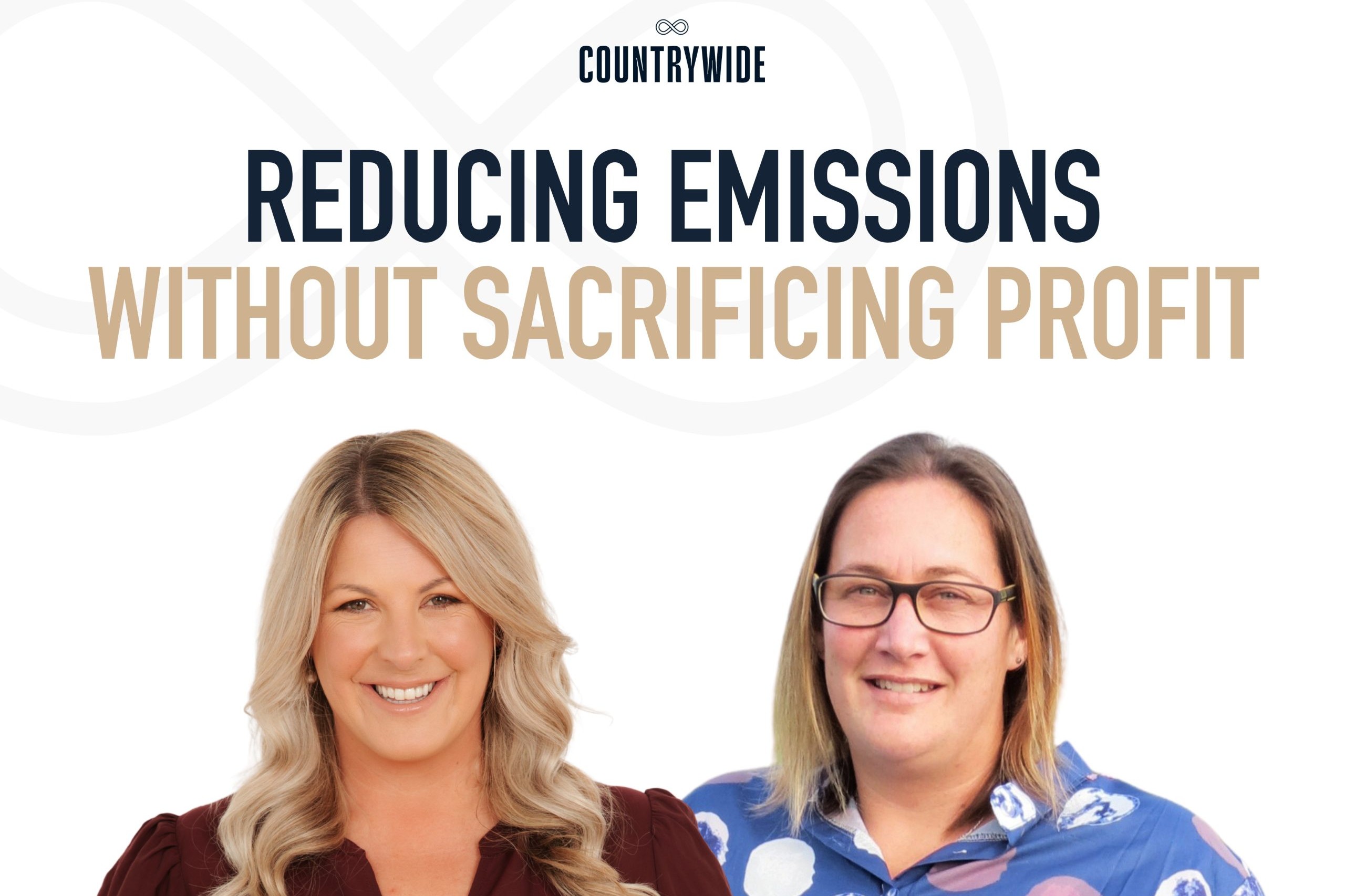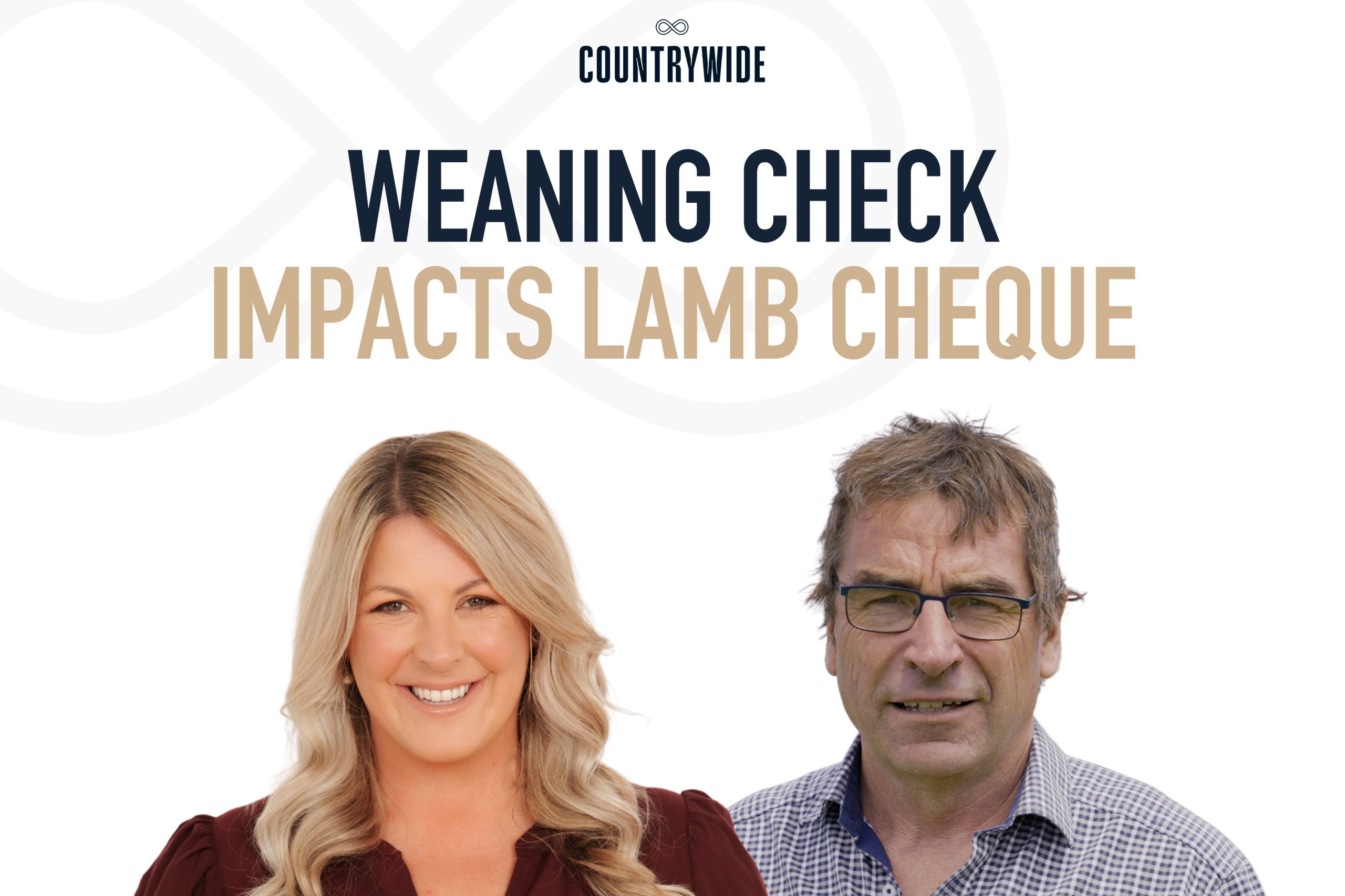Episode 73 – A biodiversity blueprint
In the gullies of Clinton in South Otago, the Campbells have developed an innovative new approach to native planting and maintenance that’s more affordable, has a higher success rate and could be scalable nationally.
In this episode, Sarah Perriam-Lampp talks with South Otago dairy farmer Sandra Campbell about transforming steep, unproductive gullies into thriving native ecosystems using drones, direct seeding and a DIY nursery. Sandra shares how support from the Otago South River Care Trust helped develop a low-cost, scalable method for on farm restoration, one she hopes other farmers and catchment groups across the country will adopt.
Guest:
- Sandra Campbell, South Otago dairy farmer
Host:
- Sarah Perriam-Lampp, CEO and Editor-in-Chief, Country-Wide
Sandra Campbell shares how a steep, unproductive gully on farm became the launchpad for a pioneering native restoration project using drones and direct seeding. Faced with the high costs and low success rates of traditional native planting, Sandra began growing eco-sourced seedlings in a DIY nursery during COVID, then partnered with the Otago South River Care Trust to trial drone-based direct seeding on challenging terrain.
She explains how the project evolved, from experimenting with species mixes and boom-spraying herbicides for grass control, to finding an affordable system that could scale. With support from drone contractors and catchment groups, Sandra and her husband Chris have restored over 20 hectares, all while reducing costs to a fraction of conventional methods. Sandra outlines the environmental and on farm co-benefits, from improving biodiversity and water quality to creating spaces that sequester carbon and support Fonterra emissions offsets. She hopes other farmers and catchment groups will adopt and adapt the approach, sharing openly via social media and farm visits, believing native restoration should be practical, cost-effective, and farmer-led.
Sandra also touches on the wider potential of this approach beyond their own farm. With drone technology becoming more accessible and the system proving reliable, she sees an opportunity for catchment groups or communities to co-invest in shared equipment, making native restoration viable at scale. While it won’t suit every farm, particularly those with steeper terrain, Sandra believes the model offers a practical, low-cost solution for turning underutilised land into thriving ecosystems. Her hope is that with the right support, and a bit of Kiwi ingenuity, farmers across the country can help regenerate native landscapes, one gully at a time.
Read the article from the Country-Wide Winter issue here.




